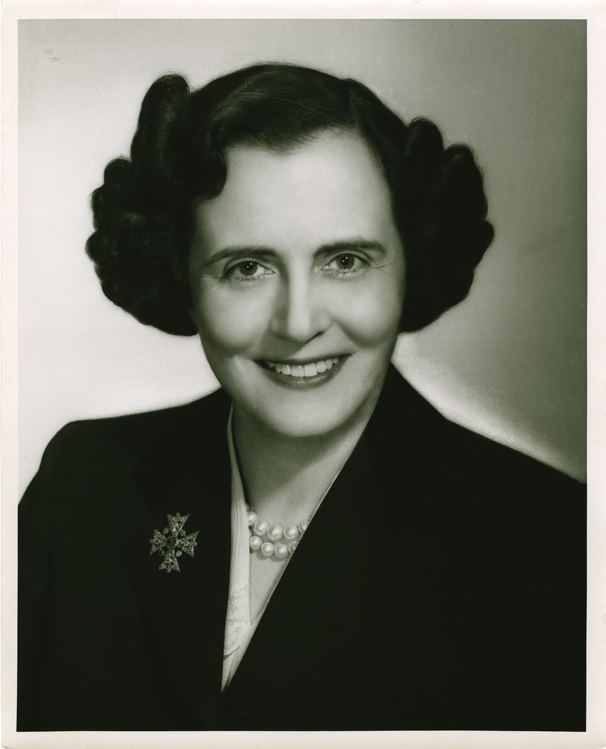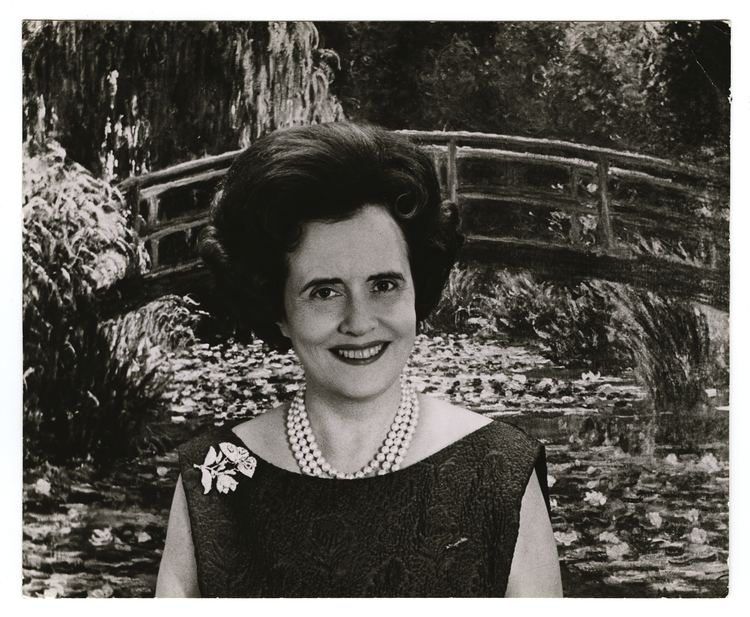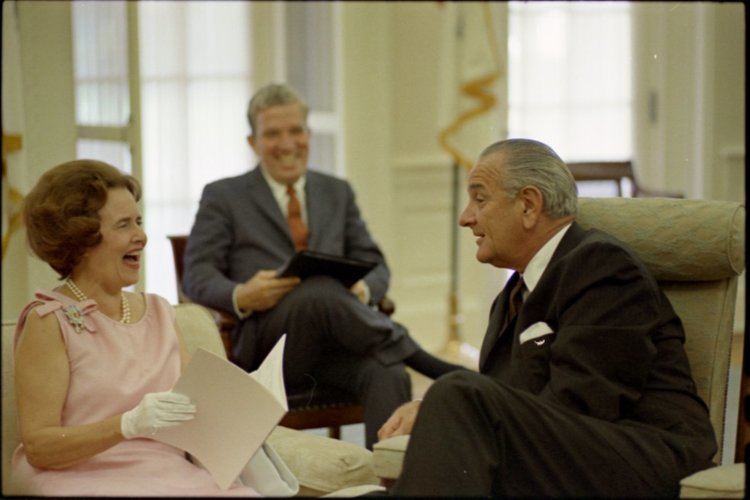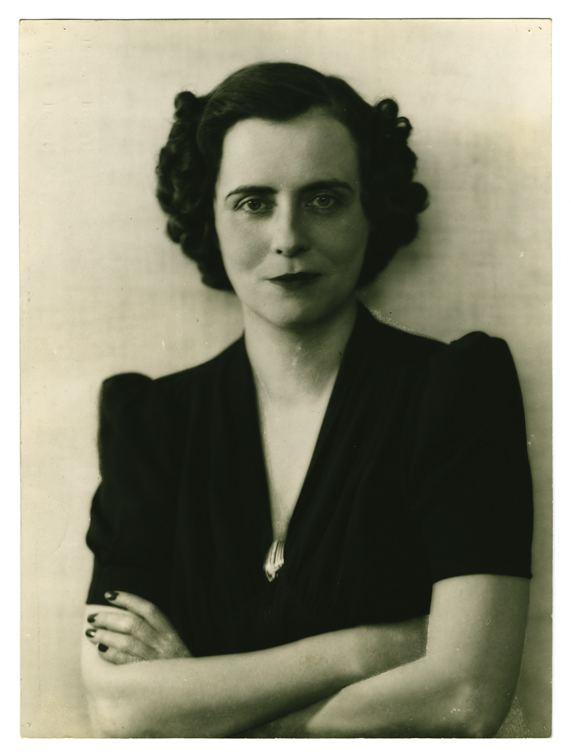Full Name Mary Woodard Role Activist Name Mary Lasker | Organization list | |
 | ||
Parent(s) Frank Elwin WoodardSara Johnson Woodard Residence New York City, New York, United States Similar People Albert Lasker, Edward Lasker, Doris Kenyon | ||
Jordan Gutterman discusses Mary Lasker's legacy (1)
Mary Woodard Lasker (November 30, 1900 – February 21, 1994) was an American health activist and philanthropist. She worked to raise funds for medical research, and founded the Lasker Foundation.
Contents
- Jordan Gutterman discusses Mary Laskers legacy 1
- Jordan Gutterman discusses Mary Laskers legacy 2
- Early life
- Health Advocate
- Braniff Airways Board Member
- Awards and recognition
- Organizations
- References

Jordan Gutterman discusses Mary Lasker's legacy (2)
Early life

Born in Watertown, Wisconsin, Lasker attended the University of Wisconsin, Madison and graduated from Radcliffe College with a major in Art History. Her mother, Sarah Woodard, who was an active civic leader, instilled in her the values of urban beautification while growing up.

Lasker worked as an art dealer at Reinhardt Galleries in New York City. She married the owner Paul Reinhardt. After divorcing she created a fabric company Hollywood Patterns.
Health Advocate
In 1938 she became the president of the Birth Control Federation of America, the precursor of the Planned Parenthood Federation.

Her second marriage was to Lord and Thomas advertising executive Albert Lasker until his death in the early 1950s of colon cancer. Ironically, her husband's ad agency had promoted smoking with the slogan, "L.S.M.F.T.—Lucky Strike Means Fine Tobacco" back when the dangers of smoking were not well known. Indeed, Albert's special charge at his firm was to get more women to smoke, as they lagged far behind men as smokers.

The Laskers supported the national health insurance proposal under President Harry S. Truman. After its failure Mary Lasker saw research funding as the best way to promote public health.

With her husband, they created the Lasker Foundation in 1942 to promote medical research. The Lasker Award is considered the most prestigious American award in medical research. As of 2015, eighty-seven Lasker laureates have gone on to receive a Nobel Prize.
Together, they were the first to apply the power of modern advertising and promotion to fighting cancer. They joined the American Society for the Control of Cancer which at the time was sleepy and ineffectual and transformed it into the American Cancer Society. The Laskers ousted the board of directors. Afterwards, they raised then record amounts of money and directed much of it to research. The American Cancer Society also fought lung cancer through prevention via anti-smoking campaigns. Using TV equal-time provisions, they were able to counter cigarette advertising with their own message. The messages were effective enough that the tobacco companies voluntarily stopped advertising on TV to prevent their broadcast.
Following her husband's death she founded the National Health Education Committee.
She played major roles in promoting and expanding the National Institutes of Health, helping its budget expand by a factor of 2000 times from $2.4 million in 1945 to $5.5 billion in 1985.
Lasker was prominent in lobbying Eleanor Roosevelt to endorse Lyndon Johnson's efforts to become the 1960 Democratic nominee. Lady Bird Johnson wrote about Lasker numerous times in her book A White House Diary, calling her house "charming ... like a setting for jewels" and thanking her for gifts of daffodil bulbs for parkways along the Potomac River and for thousands of azalea bushes, flowering dogwood and other plants to put along Pennsylvania Avenue.
Lasker was also instrumental in getting the US government to fund the War on Cancer in 1971.
Braniff Airways Board Member
On September 15, 1971, Mrs. Lasker was elected to the Board of Director of Braniff Airways, Incorporated. She became only the second female board member of Braniff following Braniff cofounder Thomas Elmer Braniff's wife, Bess Clark Braniff, who was elected to the board after the untimely death of her husband in January 1954. Mary Lasker's appointment to the Braniff board was rare and she joined a very small group of women who were directors at large American corporations.
Awards and recognition
Mary Lasker is a recipient of the Presidential Medal of Freedom in 1969, the Four Freedoms Award 1987 and the Congressional Gold Medal in 1989. The Mary Woodard Lasker Award for Public Service was renamed in her honour in 2000. On May 14, 2009 the United States Postal Service honored Lasker with the issuance of a stamp of face value 78 cents, designed by Mark Summers. The stamp was released, in part, as recognition of a renewed US government commitment to funding of biomedical research. A release ceremony was held in Lasker's hometown on May 15, 2009.
